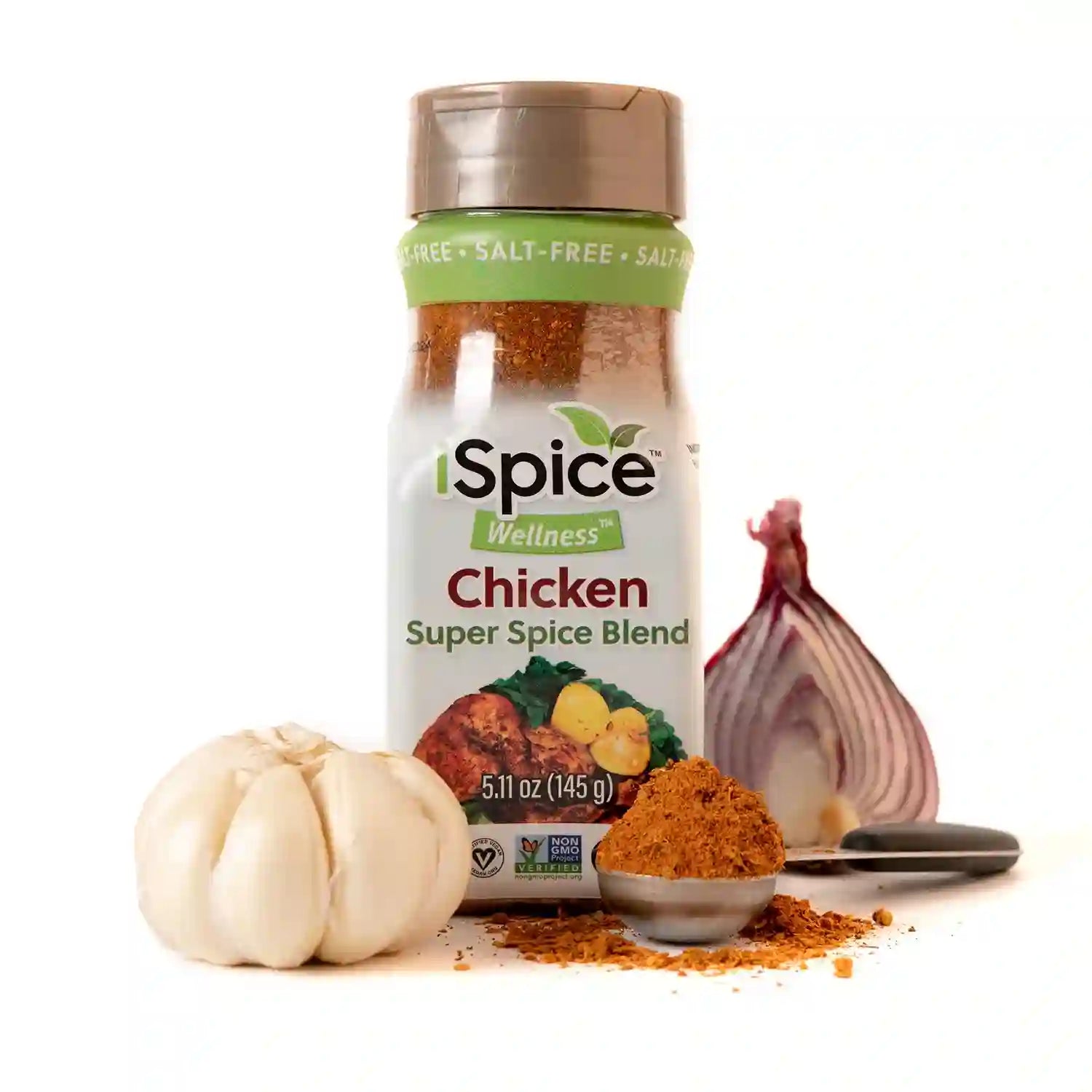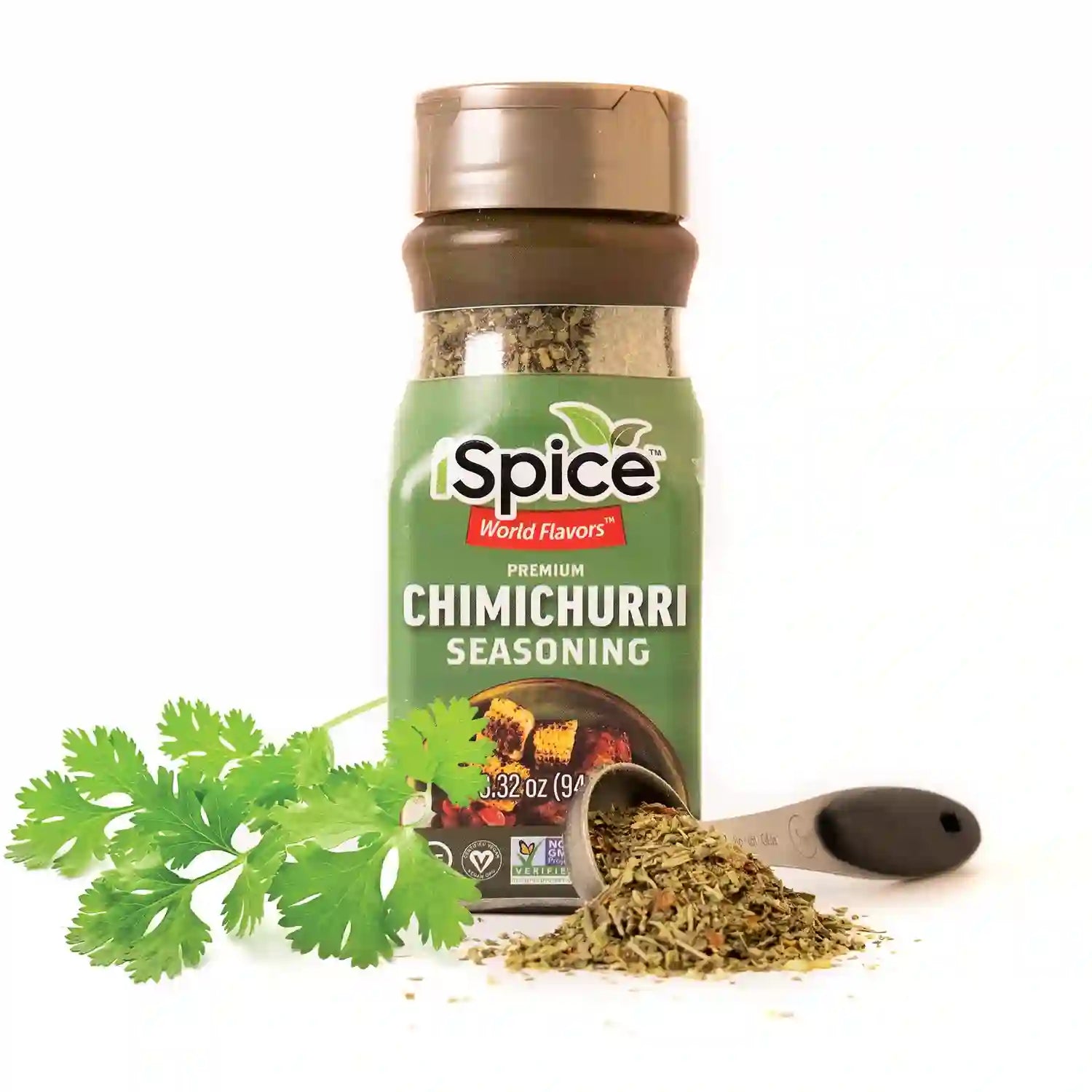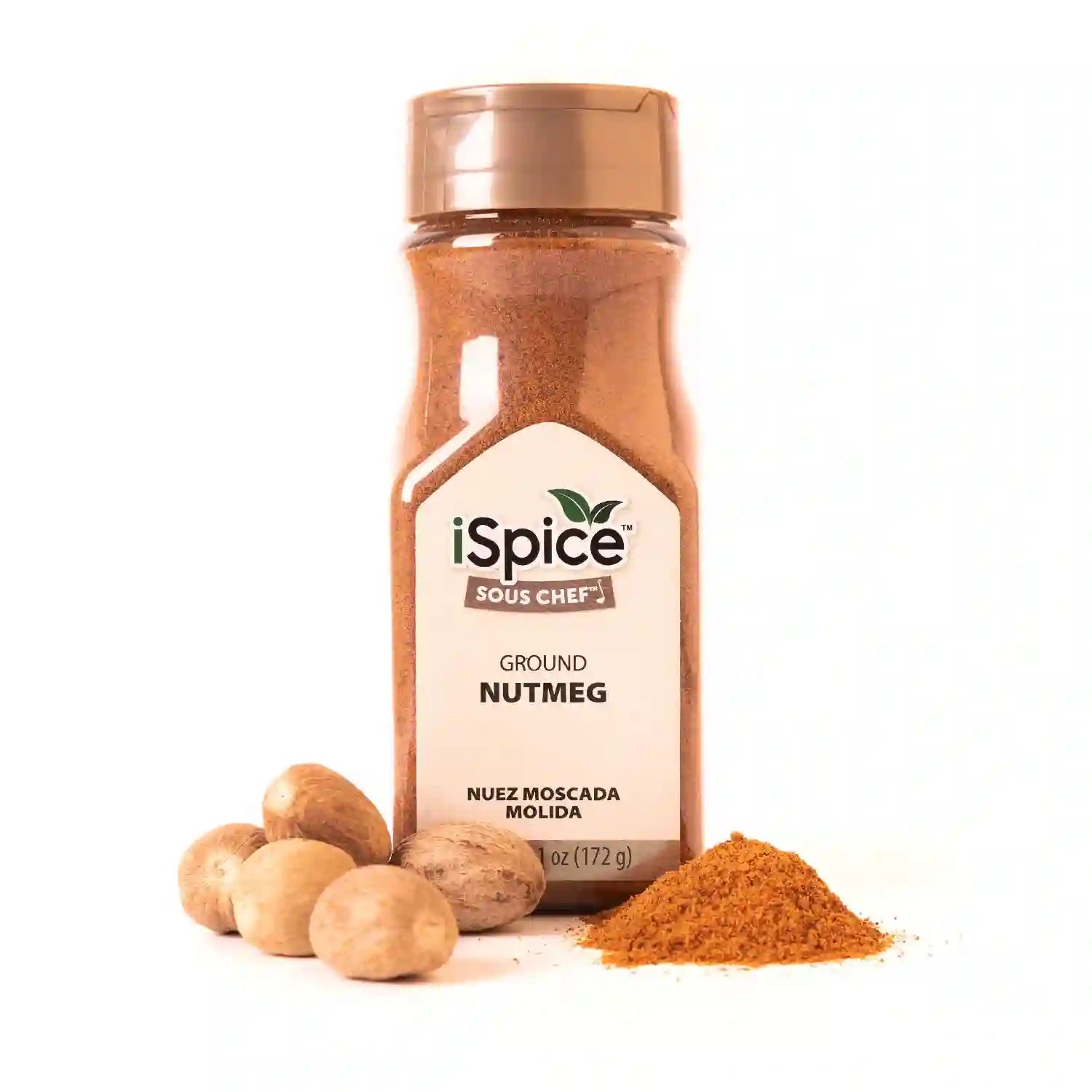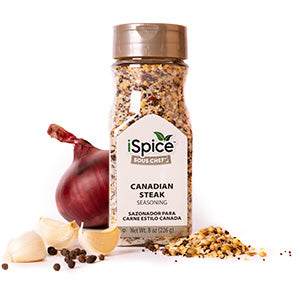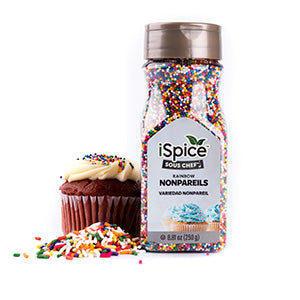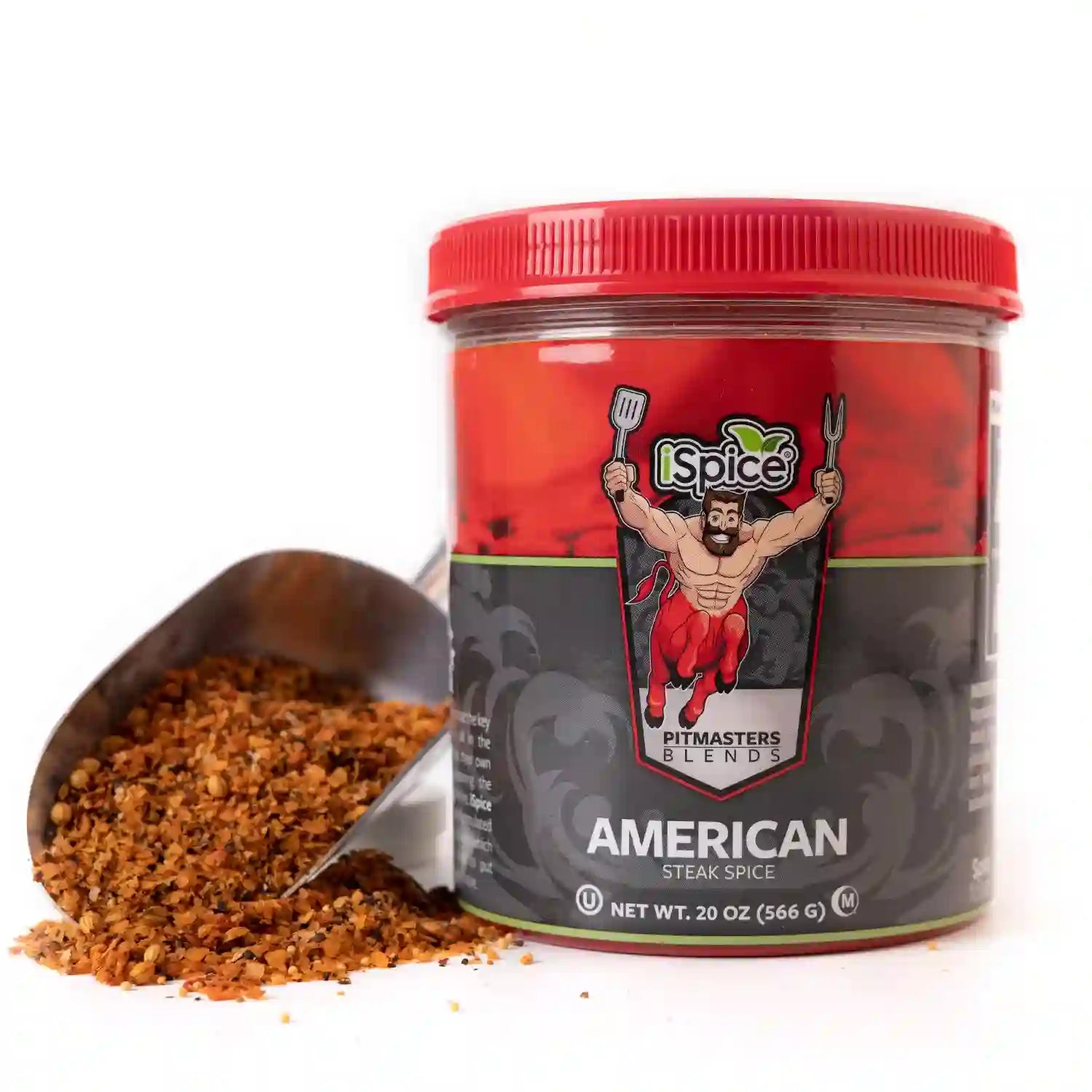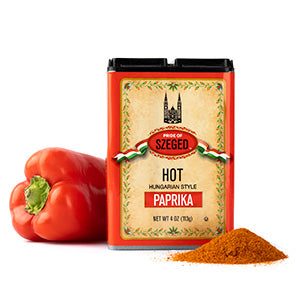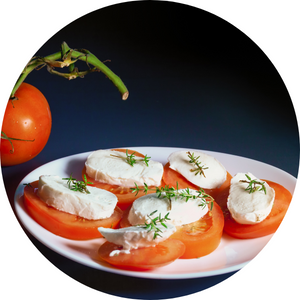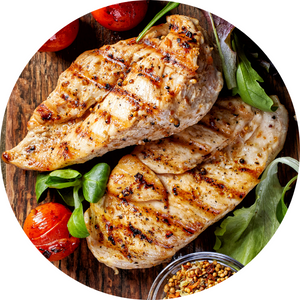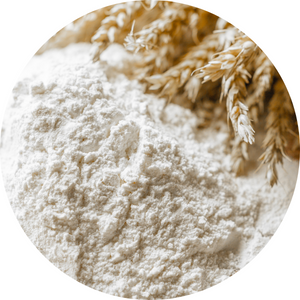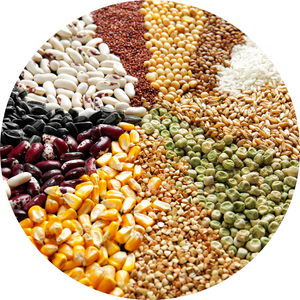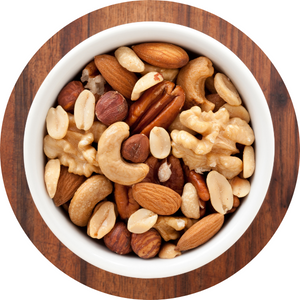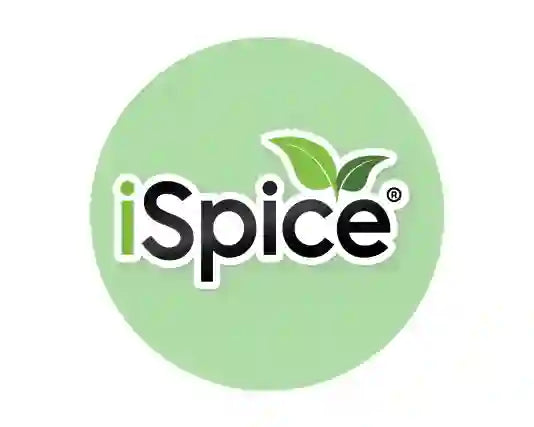
Mediterranean cooking is known for its bold yet balanced flavors — built on the perfect blend of herbs that add freshness, aroma, and depth to every dish. From Italian basil to Greek oregano and French thyme, each Mediterranean herb brings its own character to the cuisine.
Understanding these herbs and their flavor profiles helps you season food with confidence, whether you’re preparing roasted vegetables, grilled meats, or light seafood dishes.
What Makes Mediterranean Herbs Unique
Mediterranean herbs thrive in warm, sun-drenched climates, developing concentrated essential oils that give them their rich aroma and strong flavor. These herbs often combine savory, floral, and earthy tones — creating balance in dishes that rely on olive oil, citrus, garlic, and spice.
Common characteristics:
-
Sun-grown aroma with balanced strength
-
Naturally complements olive oil, lemon, and garlic
-
Works in both cooked and raw dishes
-
Adds brightness and complexity to savory foods
Key Mediterranean Herbs and Their Flavor Profiles
| Herb | Flavor Profile | Best Used In |
|---|---|---|
| Basil | Sweet, slightly peppery, with clove-like aroma | Pasta sauces, salads, tomato dishes, pesto |
| Oregano | Earthy, bold, and slightly bitter | Pizza, roasted meats, Mediterranean sauces |
| Thyme | Woodsy, lemony, and mildly floral | Soups, stews, poultry, roasted vegetables |
| Rosemary | Piney, resinous, and aromatic | Lamb, potatoes, breads, marinades |
| Marjoram | Sweet, delicate, and floral | Chicken, fish, vegetable dishes |
| Sage | Earthy, peppery, and warm | Stuffings, butter sauces, roasted meats |
| Bay Leaf | Subtle, floral, and slightly bitter | Stews, soups, sauces (removed before serving) |
| Parsley | Fresh, grassy, and clean | Finishing dishes, salads, sauces |
| Tarragon | Sweet, with a hint of anise | Egg dishes, creamy sauces, seafood |
| Savory | Peppery and sharp | Bean dishes, lentil soups, grilled vegetables |
Each herb adds a unique note to the Mediterranean flavor palette — from rosemary’s strength to basil’s sweetness — creating layers of aroma and taste.
How Mediterranean Herbs Work Together
Mediterranean herbs often overlap beautifully. The key is balance — using complementary flavors to create depth.
Classic pairings:
-
Basil + Oregano: Sweet and earthy blend for tomato sauces and pizzas
-
Rosemary + Thyme: Robust, woodsy duo for roasted meats and vegetables
-
Parsley + Marjoram: Light, herbal freshness for fish and salads
-
Sage + Bay Leaf: Deep, savory flavor for soups and stews
-
Tarragon + Parsley: Bright, fresh pairing for creamy dishes
Tip: Combine no more than three herbs at a time to maintain balance and clarity in flavor.
How to Use Mediterranean Herbs in Cooking
1. Use Fresh Herbs for Finishing
Add basil, parsley, and tarragon at the end of cooking to preserve their freshness.
2. Add Woody Herbs Early
Add thyme, rosemary, or bay leaves early in the cooking process so their oils infuse into sauces or meats.
3. Create Mediterranean Blends
Make your own herbal mix with equal parts thyme, oregano, rosemary, and marjoram — perfect for seasoning chicken, vegetables, or olive oil dips.
4. Balance Heat and Freshness
Combine warming herbs (like sage or rosemary) with bright ones (like basil or parsley) for layered depth.
5. Pair Herbs with Core Mediterranean Ingredients
Olive oil, garlic, lemon, and sea salt bring out the best in Mediterranean herbs.
Regional Herb Highlights
| Region | Signature Herbs | Culinary Use |
|---|---|---|
| Italian | Basil, oregano, parsley | Sauces, pasta, bruschetta |
| Greek | Oregano, dill, mint | Salads, lamb, yogurt-based dishes |
| French (Provence) | Thyme, rosemary, marjoram, savory | Herbes de Provence, stews, poultry |
| Spanish | Rosemary, bay leaf, parsley | Tapas, paella, grilled seafood |
| North African | Coriander, mint, thyme | Tagines, couscous, spice blends |
Each Mediterranean region uses herbs in slightly different ways, but all focus on freshness and balance.
Tips for Cooking with Mediterranean Herbs
-
Use fresh whenever possible: Mediterranean herbs lose brightness when overcooked.
-
Blend with olive oil: Infusing herbs in oil draws out flavor for dressings and marinades.
-
Crush dried herbs: Gently rub between fingers before adding to release oils.
-
Avoid overmixing: Keep blends simple for clarity and balance.
-
Store properly: Wrap fresh herbs in damp towels and refrigerate; store dried herbs in airtight jars away from sunlight.
Frequently Asked Questions About Mediterranean Herbs
1. What is the main flavor characteristic of Mediterranean herbs?
They have a savory, aromatic balance of earthiness and freshness that complements olive oil, garlic, and citrus.
2. Can I mix multiple Mediterranean herbs together?
Yes, but limit to two or three to maintain balance. Too many can mask individual flavors.
3. Are dried Mediterranean herbs as good as fresh?
Dried herbs like oregano and thyme retain strong flavor, while basil and parsley are best used fresh.
4. What dishes best highlight Mediterranean herbs?
Tomato sauces, grilled meats, roasted vegetables, soups, and salads.
5. What’s a good all-purpose Mediterranean herb blend?
Mix equal parts dried oregano, thyme, rosemary, and marjoram. Use for meats, pasta, and olive oil marinades.
Final Thoughts
Mediterranean herbs define one of the world’s most beloved cuisines. Their combination of brightness, warmth, and aroma makes them essential for cooking flavorful and balanced dishes. By understanding each herb’s profile and how to pair them, you can capture the heart of Mediterranean flavor in every meal you make.

